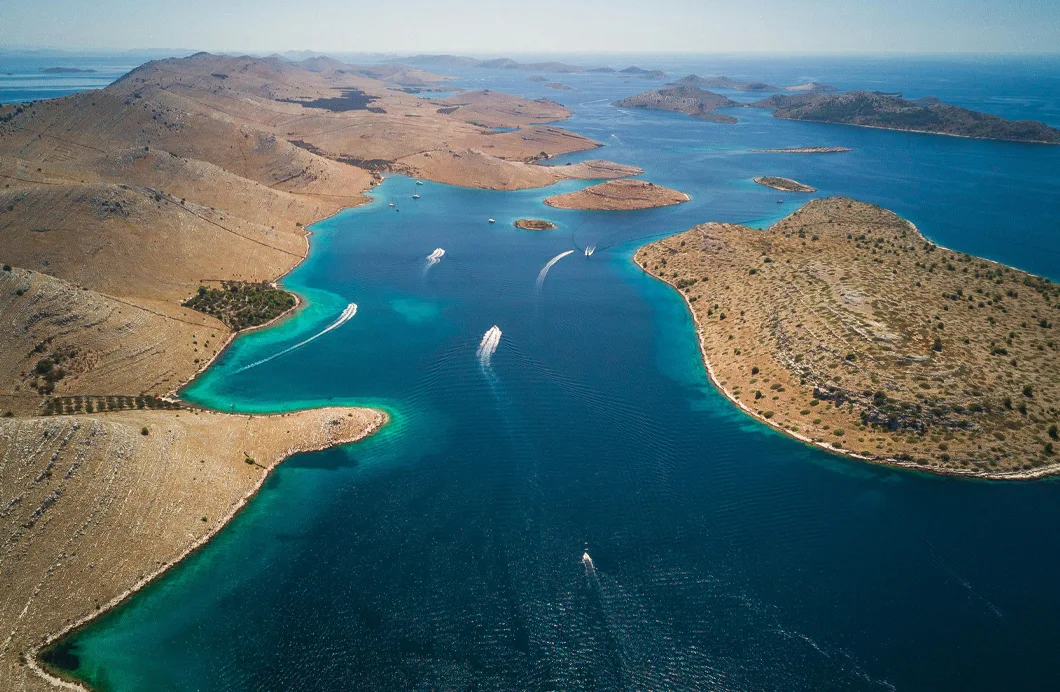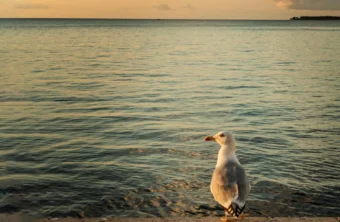Feb
Longline: A Beginner's Guide to Whitefish Fishing
Parangal is a traditional method of fishing that has been practiced in our areas for centuries and has remained unchanged throughout history if we look at the construction and the way it is used. Parangal is a fishing tool that consists of a line or nylon monofilament with attached hooks, and although it seems simple, it requires certain knowledge and skill to be effective. In this blog, we will explore what parangals are, their types and how to use them properly for catching white fish, and help you not to get tangled up in the first step.
What is a longline and how does it work?
Longline is a traditional fishing tool used for catching fish. At first glance, the untrained eye can only distinguish them by the size of the bucket, however, it is worth knowing that there are many variations. The base can be made of rope or nylon monofilament to which hooks are attached.
Longlines are known for their simple construction, which has remained virtually unchanged throughout history. Although the basic design remains the same, more modern materials such as nylon and braided rope, as well as plastic buckets that are more resistant to the effects of the sun and sea, are used today.
This is not a random fishing tool – it requires planning and adaptation to the terrain, sea depth and the type of fish we want to catch. The longlines we offer are standardized, which means that the spacing is 5 meters, the leader length is 1 meter, and the distance between the hooks is 5 meters.
However, experienced fishermen often want longlines adapted to their needs and to the specifics of the microlocations where they are laid. In these cases, we try to meet the requirements, and adjust the length of the tie or distance, the thickness of the base or the type of hook to the specifications we received from them.
Main types of longlines for catching whitefish
There are several types of longlines, each designed for specific fishing conditions. Below we will describe in detail the three most common types of longlines:
1. Nylon longline
Nylon longline is a standing longline, made of nylon monofilament, which is lightweight and less visible in the sea. This characteristic makes it effective for fishing, because the fish have a harder time spotting the nylon thread. Leaders with hooks are attached to the nylon base. Nylon longlines are ideal for shallower waters and fishing for smaller fish species such as gilt head bream, two-banded sea bream and Spanish seabream. For many years, we have been successfully cooperating with the Italian nylon manufacturer and use their nylon. We use nylon monofilament packed in mats because this type of packaging helps the nylon to stack neatly when placed in the bucket.

Advantages:
- Less visible in the sea, which increases the chances of catching, used in shallower seas
- They are light and easy to transport.
Disadvantages:
- Nylon can easily tangle, which requires more care and experience when storing and using it. Due to the influence of the sea, currents and weight, nylon is deformed in some way, i.e. it stretches, making it more difficult to stack it in the bucket the way we want when lifting. It can behave “restless” if we are lifting in windy weather.
- It is less durable than rope and can be damaged when in contact with rocky bottoms, and has a lower carrying capacity.
- It slips through your hands and can cause cuts.
Nylon longlines come in versions with 30, 50 or 100 hooks, depending on the needs of the fisherman.
2. Longline with rope
Rope line is made of high quality synthetic braid, 1.5 or 2.0 mm thick. On the base of the rope, the lead ties with hooks are caught. This type of longline is more durable and suitable for hunting at greater depths and rougher terrain. It is used for hunting more aggressive fish species such as dentex and porgy.
Advantages:
- Greater durability and load capacity compared to nylon longlines.
- It is easy to stack in buckets, i.e. it does not tangle, which contributes to its repeated use and does not slip through your hands.
- Suitable for more demanding fishing conditions.
Disadvantages:
- The rope is more visible in the sea, which can reduce the effectiveness of the hunt. In our production, we use dyed synthetic braid, dark brown in color to blend in as well as possible with the bottom.
- It is heavier than nylon longline.
Line longlines also come in versions with 30, 50 or 100 hooks. To reduce visibility, dark colored lines such as dark brown, black or dark green are used.
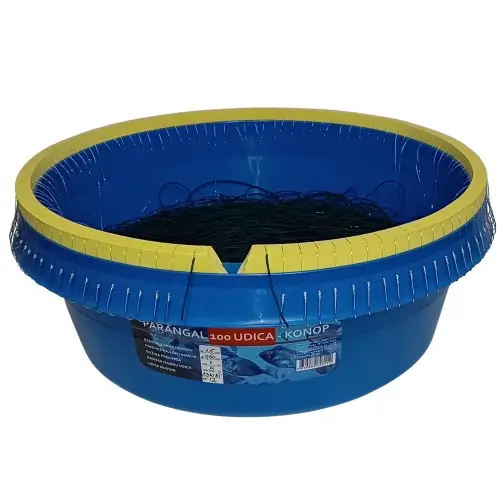
3. Longline with floats - floating longline
A longline with floats is technically similar to other types of longline, but has additional floats that allow fishing at different depths – from the surface to the bottom. It is also special in that the float prevents the bait from falling to the bottom where it is easy prey for starfish and mollusks.
It consists of a long base made of rope - synthetic braid ∅ 1.5mm to which leaders with hooks are attached. Each hook has a lead at the bottom to the base of 3 g so that the float does not lift the longline. The distance between the hooks is about 5m. The length of the leader with the hook is about 60 -70 cm, and the thickness of the leader is 0.60 - 0.80 depending on the size of the hook.
Sardines, sprats, and bream can be used as bait. This type of longline is especially popular for catching hake and other fish species that move in the middle layers of the sea.
Advantages:
- Flexibility in choosing the depth of the hunt.
- It can be used on rocky and more demanding terrain because it does not lie on the bottom and does not drag.
Disadvantages:
- Requires more attention when installing due to the float.
- It is less stable than standing longlines.
A swimming line can be made of nylon or rope, and is available with 30, 50 or 100 hooks.
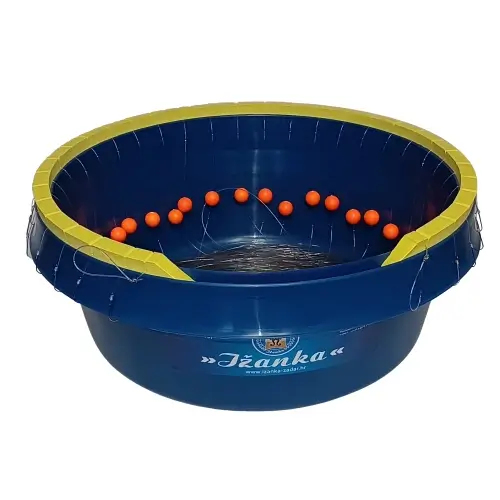
How to use a longline correctly?
1. Preparation of the longline for fishing
Before you go fishing, it is important to properly prepare your longline. First of all, the longline should be baited, preferably just before setting it out so that the bait stays as fresh as possible. If you are using nylon longline, make sure that the nylon does not tangle. Rope longlines are easier to handle, but they also require care when storing.
2. Laying longlines in the sea
No matter what kind of longline you use, whether it is nylon or rope, the marker buoys (signals) always come with a line. The longline is set so that the beginning of the longline or the base is tied to the marker buoy line and a sinker weight is lowered to the bottom. We use a sinker weighing 500g and it serves as an anchor weight while the marker buoy (floating signal) remains on the surface.
The marker buoy is used to track the position of the longline. The length of the line on the marker buoy must be greater than the depth of the bottom on which the longline is laid. Then, with the boat moving slowly, the hook is laid one by one, on which the bait or lure is attached. At the end of the longline, the marker buoy is tied again with the line and lead and lowered to the bottom.
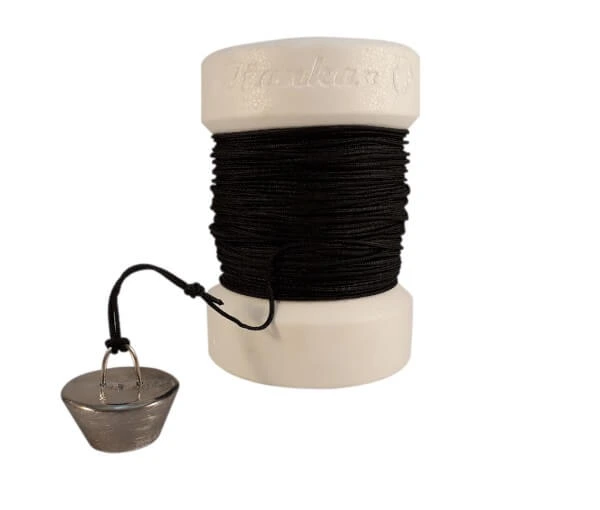
3. Storage of longlines after fishing
After fishing, the longline is stored in plastic buckets. The rope and nylon are neatly stacked inside the bucket, and the hooks are attached to a rubber or neoprene layer. Uneaten bait is removed from the hooks. This prevents tangles and damage to the hooks and allows the longline to be used repeatedly.
Hooks and leaders
Hooks are a key part of a longline. In our area, Mustad hooks, models 2310DT, 2315DT and 2315SS stainless steel. These hooks are made of stainless steel, which makes them corrosion resistant and long-lasting. The leaders (strands) are made of nylon monofilament, and the distance between the hooks is usually 5 meters.
How to choose the right longline?
The choice of longline depends on several factors:
- Type of fish: For smaller fish like gilt head bream, use a nylon longline, while for larger and more aggressive fish like dentex, a rope longline is better suited.
- Sea depth: Nylon longlines are ideal for shallower waters, while rope longlines are more suitable for deeper waters.
- Field conditions: If you are fishing on rocky terrain, a floating line may be the best choice.
Conclusion
Longlines are an excellent tool for catching whitefish, but they require knowledge and skill. By choosing the right type of longline and preparing properly, you can increase your chances of a successful catch. Whether you are using a nylon, rope or floating longline, it is important to adapt to the fishing conditions and always keep safety and sustainability in mind.
Visit our web store and choose the longline that suits your needs!
If you are a beginner, don't be discouraged by your first failures – practice and patience are key to becoming an experienced fisherman.

